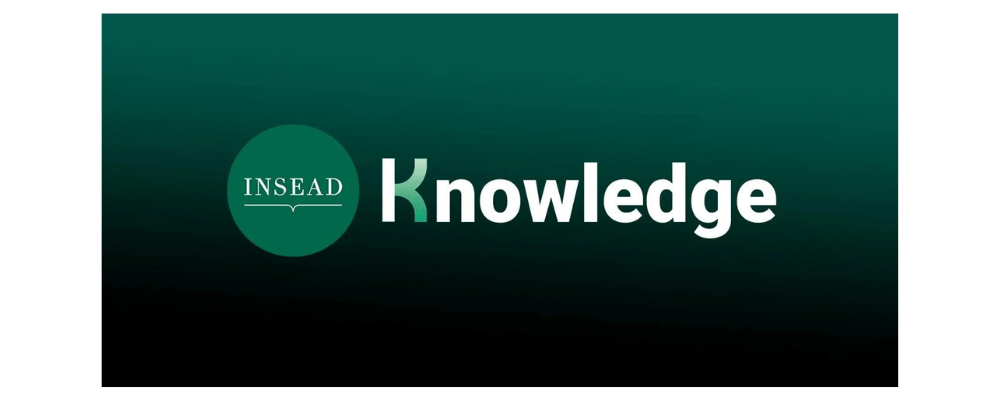
Waymo started over a decade ago as a research project at Google X, Alphabet’s R&D lab. Today, it’s a commercial autonomous driving service operating on public roads, with no human drivers behind the wheel. It represents one of today’s most visible and complex moonshots.
Moonshot thinking, as Waymo shows, is about solving deeply rooted real-world problems through 10x leaps, not 10-percent improvements. It requires significant upfront investment, a long runway, interdisciplinary collaboration and resilience in the face of repeated setbacks.
Mission over mechanics: The power of purpose
Why would top talent devote years to something as hard – and uncertain – as autonomous vehicles? Shrivastava had a clear answer: mission.
“A strong and relevant mission is extremely important to inspire folks to dedicate their time and energy to a moonshot project,” she explained. “A compelling vision should be bold and aspirational – but most importantly, it must aim to solve a real-world problem.”
Too often, she noted, teams fall in love with a particular technology or solution and lose sight of the original mission. That’s when even promising projects can derail.
Waymo’s own mission has evolved over time. Initially focused on making transport safer and more convenient, the company redefined its goal to something more foundational: to be the world’s most trusted driver.
“Safety is necessary but not sufficient in autonomous driving”, Shrivastava said. “Without the trust of the communities we serve, our safety record doesn’t matter. That trust has to be earned, and re-earned, every day.”
It’s a critical reminder: Moonshots succeed when the mission evolves with the product. It must remain anchored in real-world needs and continuously reflect the insights gained from users, stakeholders and context.
Think big but start small
The moonshot mindset embraces 10x leaps over 10-percent gains. That doesn’t mean solving everything at once. It means thinking big but starting small, experimenting rapidly, learning quickly and improving with each iteration. This compounding process leads to truly disruptive outcomes.
Shrivastava calls it the innovation flywheel: “With every iteration, if you get 10–20 percent better, you’ll eventually reach 10x.”
Lobel emphasised that data-driven feedback loops are essential to navigating uncertainty and aligning teams. “Data doesn’t just validate success – it informs where and how to iterate next,” he explained. “Interesting is the enemy of useful.”
He described how Waymo uses data to refine every layer of its system, from sensor calibration to handling edge cases or unexpected problems. Vision and evidence must go hand-in-hand in moonshot execution. Compounding improvement, grounded in experimentation and learning, is what ultimately transforms bold vision into operational reality.
But there’s a pitfall leaders must avoid: the innovator’s dilemma, where established organisations cling to existing products at the expense of bold innovation.
“Organisations – especially large ones – struggle to innovate because they are too attached to the success of existing products. But if they don’t disrupt themselves, someone else will,” Shrivastava warned. Kodak and Blockbuster are sobering examples.
Leading a moonshot
What does it take to lead a moonshot? Surprisingly, not deep pockets or Silicon Valley roots but clarity of purpose, discipline in execution and the courage to operate in uncertainty.
Leaders must keep one eye on the long-term vision and another on “what needs to happen this week, this month and this quarter,” said Shrivastava. They must also know how to set milestones that match the context.
For instance, the bar for a minimum viable product (MVP) in autonomous driving is far higher than in consumer technology. Safety and trust must be embedded from Day One.
As Lobel stressed, public trust isn’t earned through claims or intentions. It’s built through data, performance and consistency. And leadership is not just about product, but more importantly, people. Sustaining momentum over years of iteration demands intentional culture-building.
“Leaders have to connect day-to-day work to the bigger mission,” said Shrivastava. “Celebrate progress, even if it’s small. That’s what builds energy.”
Crucially, moonshot leadership also means knowing what not to build. As Shrivastava put it: “No organisation has infinite time or resources. You don’t start building colonies before you’ve landed on the moon.”
From insight to action
Our GEMBA participants left the experience energised, challenged and transformed. All leaders in their own right across industries from finance and healthcare to manufacturing, the participants reflected on how the programme resonated with their current challenges – and how it would shape their future approaches.
“The mission of building the world’s safest and most trusted driver was a powerful takeaway. It made it clear that moonshots aren’t just about tech. They’re about solving real human problems. This mission-centred approach really stuck with me”
“The emphasis on a ‘10x mindset’ resonated with many of us. It’s a mindset we aspire to apply in our own moonshot projects.”
“The mindset of ‘think big, start small, experiment rapidly and learn fast’ is a game-changer. It encouraged us to bring more speed, testing and iteration into our own work.”
“It’s not just about innovation. It’s about disciplined, purpose-driven leadership. That changes how I think about my own role.”
“Depot management, fleet scheduling optimisation and decision-making models for evaluations gave us a behind-the-scenes look at how Waymo runs with precision and purpose – a lesson in operational excellence.”
The risk of not aiming high enough
Moonshot thinking isn’t reserved for tech giants. It’s a disciplined framework for solving the right problems on the right scale. It is a replicable approach that starts with a bold goal, is fuelled by a culture of learning and delivered through focused, adaptive execution.
In a world of accelerating change, the greatest risk is not aiming too high. It’s not aiming high enough.
“INSEAD, a contraction of “Institut Européen d’Administration des Affaires” is a non-profit graduate-only business school that maintains campuses in Europe, Asia, the Middle East, and North America.”
Please visit the firm link to site





